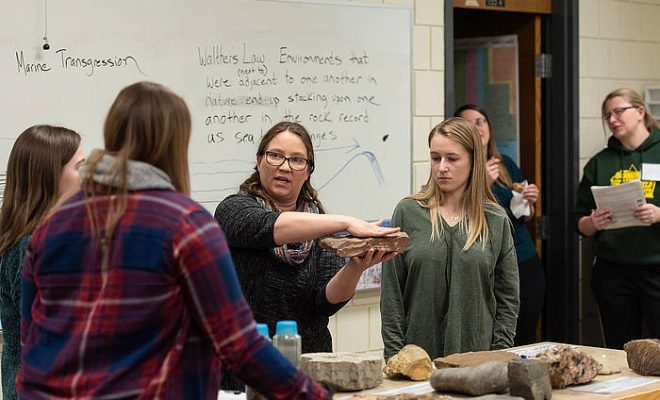Activities to Teach Students to Identify Earth’s Land Features

Earth is a fascinating planet with an abundance of land features that amaze all who see them. From the serene beauty of mountains to the rugged terrain of valleys, plains and plateaus, the Earth has plenty to offer in terms of physical features.
Teaching students to identify and appreciate the full scope of Earth’s land features is an essential element of geography education. Not only does knowledge of these features increase children’s understanding of our world, but it also helps in the development of their spatial awareness and critical thinking skills. Here are some engaging and effective ways to teach students how to identify Earth’s land features.
1. Use Maps and Visual Aids
Visual aids always work as a great starting point when teaching about land features. Teachers can use maps and other visually appealing resources like posters, videos, and photographs to get students interested and excited about geography. With maps, students get a bird’s eye view of how different land features come together and their relation to one another. Mapping activities allow the students to identify different features on the map and distinguish between them based on their characteristics.
2. Collect Samples
Most land features are also characterized by their unique geological composition. Collecting samples of different rocks and mineral deposits from different land features will make the subject matter more interesting and tangible for students to understand. For example, students can collect shale and sandstone samples from different environments and compare their characteristics, allowing them to see the differences between mountainous regions and flatlands.
3. Field Trips
Field trips can be a great way to take the students on a guided tour of various land features in their area. Outdoor activities can be the perfect way of teaching about land features, as it allows students to experience them firsthand. While visiting various land features, the teacher can guide the students to discover unique features and also gauge their understanding of what they see.
4. Create Models
Creating models of various land features like, valleys, plateaus, mountains or lakes can help the students visualize the formation of the land features. Modeling these features using materials such as clay, playdough or salt dough can help students understand the underlying geological processes involved in their formation.
5. Games and Quizzes
Games and quizzes can be an engaging and fun way of assessing students’ knowledge of land features. Teachers can create games like ‘Name That Land Feature’ where they describe a land feature in detail and the students have to guess the feature it describes. Quizzes can be prepared with multiple-choice questions based on identifying the characteristics of land features.
The above activities are just a few examples of the fun and engaging ways to teach students the formation and identification of Earth’s land features. It is vital to make learning an interactive experience that enables children to discover their world and develop their critical thinking skills. The ultimate goal is for students to gain a deeper understanding and appreciation for the amazing natural features that make up the world we live in.






